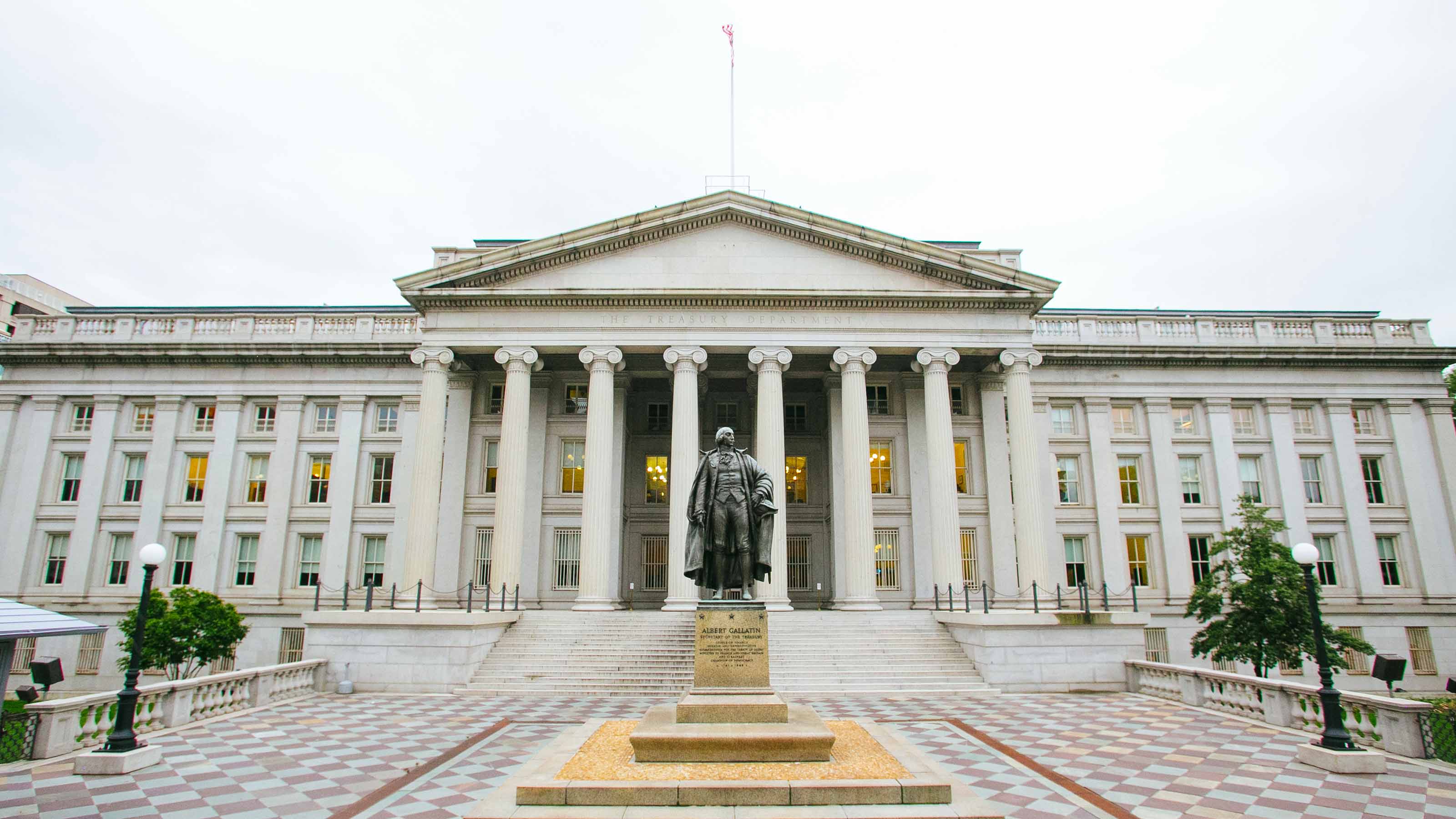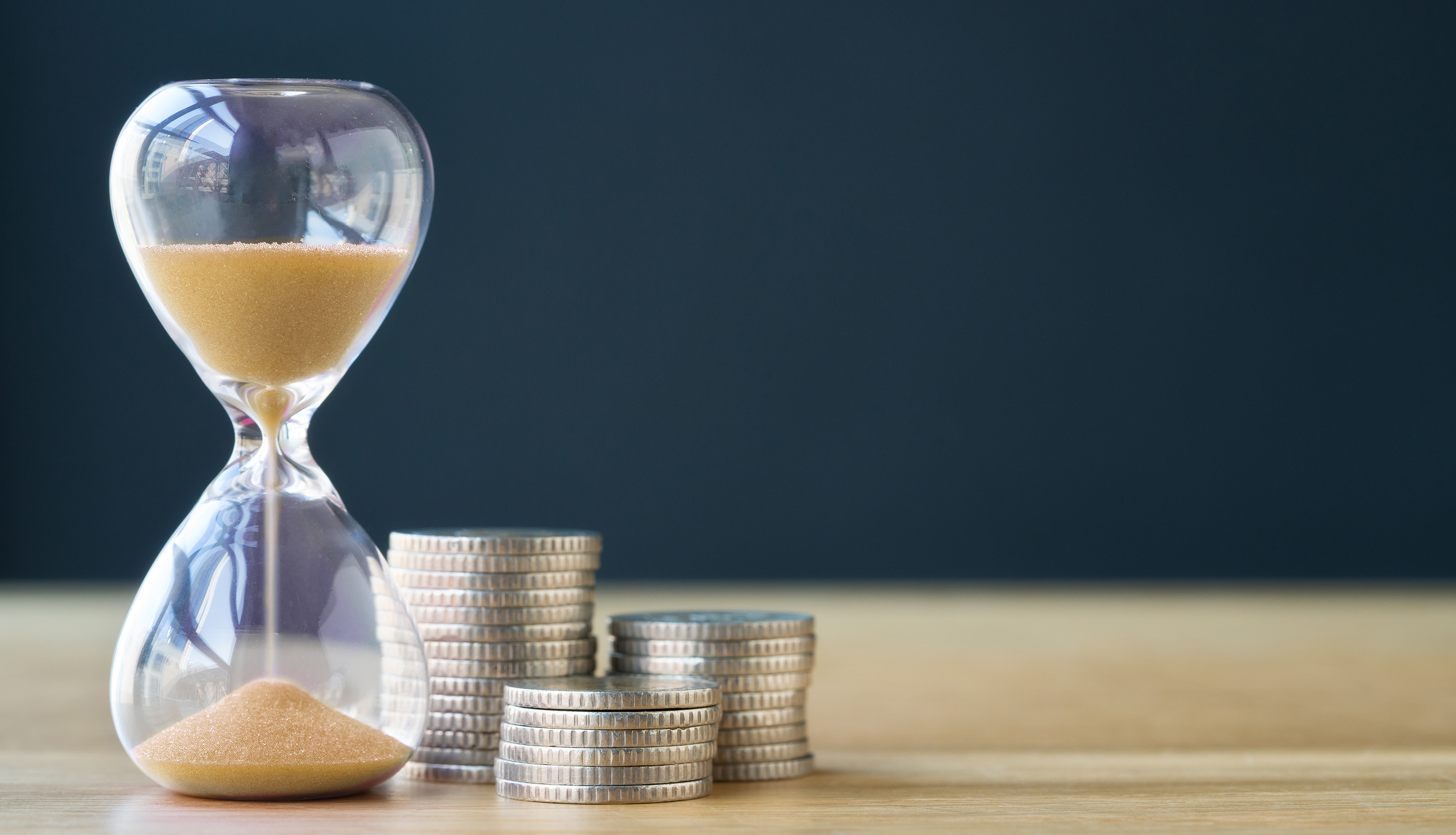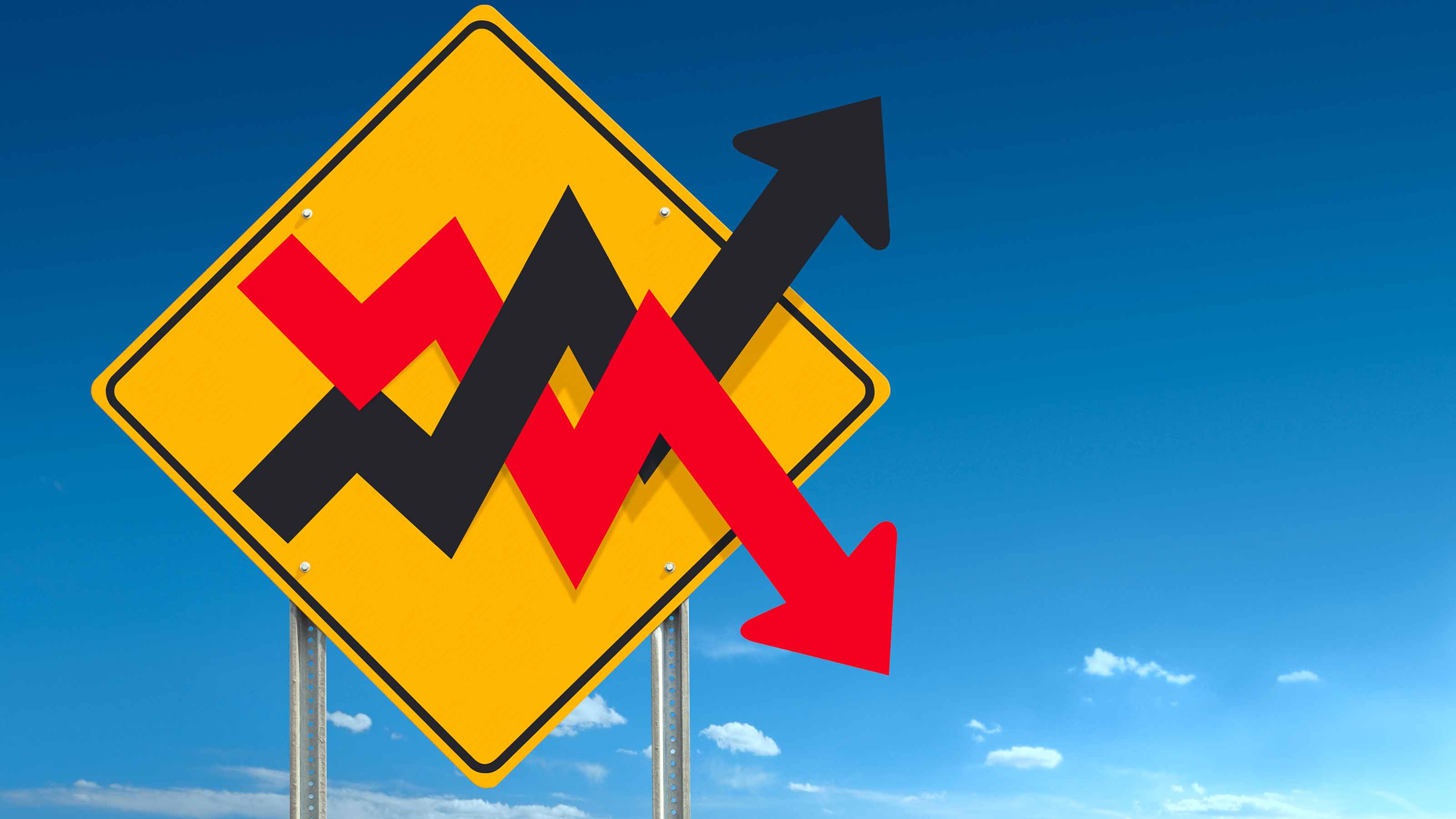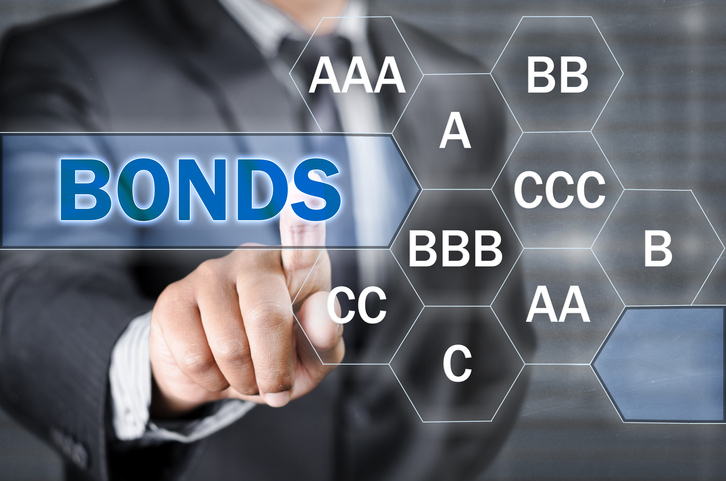Why You Should Hang on to Your Bonds
Now is not the time to cash in on the rally in investment-grade corporate debt.

In April 2008, I wrote here that triple-B means “buy, buy, buy.” Except for a brief period during the financial panic of late summer and fall of 2008, when virtually all securities (except for Treasury bonds) swooned, triple-B-rated corporate bonds have performed beautifully. Over the past 12 months through November 2, triple-B-rated corporates, the lowest investment-grade category, brought you a total return of 38%, compared with 11% for long-term Treasuries and 19% for long-maturity municipals. Combined, all investment-grade corporate bonds -- those rated triple-A through triple-B -- returned 31% over the past year.
These numbers may not be as impressive as the stock market’s gains since the March 9 bottom. But considering that we’re talking about bonds, not stocks, the numbers are breathtaking. A 7% return from long-term investment-grade corporates is good. A 9% return is excellent. A gain of more than 30% is akin to winning Powerball.
The question now is what to expect from triple-B bonds and their close cousins, those rated single-A (about 80% of investment-grade corporate bonds are in the single-A-to-triple-B spectrum, so those are the bonds that matter).
From just $107.88 $24.99 for Kiplinger Personal Finance
Become a smarter, better informed investor. Subscribe from just $107.88 $24.99, plus get up to 4 Special Issues

Sign up for Kiplinger’s Free Newsletters
Profit and prosper with the best of expert advice on investing, taxes, retirement, personal finance and more - straight to your e-mail.
Profit and prosper with the best of expert advice - straight to your e-mail.
When stocks go crazy for a few months, we get nervous. An epic bond rally persists for a year and our reaction is to throw hundreds of billions more into the pot. Corporate-bond funds continue to inhale fabulous sums. Companies are issuing 60% more bonds in 2009 than they did in 2008, but trading volume is twice as high. Yields have come down dramatically, a sign of enormous demand.
To determine value in the fixed-income world, professional investors look at the spread between the yield of a bond or a bond sector and the yield of Treasuries. At the end of October, the average triple-B corporate yielded 281 basis points more than a Treasury of the same maturity (a basis point is one one-hundredth of a percentage point, so in this case the spread is 2.81 percentage points). A year ago, that gap was an extraordinarily wide 555 basis points -- so wide as to imply that many triple-B-rated companies would eventually default on their debt obligations.
On single-A bonds, the spread, which had been as high as 439 basis points, has narrowed over the past year to 189 basis points. It’s obvious, says Mary Ellen Stanek, the chief investment officer for Baird Advisors, that the “super sale” is over.
Scott Noyes, a former bond analyst and now an independent money manager in New Vernon, N.J., agrees that it’s late in the cycle to buy corporate bonds aggressively, but adds that it’s too early to sell. In fact, I think triple-B and single-A corporates, which yield 5% to 6%, are still good deals. A few days ago, for example, you could get nearly 6% on ten-year bonds from such stalwart financial firms as Bank of America and Prudential Financial (the life-insurance company), and a bit less than 8% for bonds maturing in 15 to 20 years from the likes of Masco, a maker of faucets and cabinets, and a bunch of midsize banks and insurers.
For corporates to lose their luster, the currently invisible yields for cash alternatives -- such as Treasury bills, bank deposits and money-market funds -- will have to improve. Stanek says the vast majority of money flowing into corporate-bond funds, including Baird’s, is cash that’s leaving money funds and maturing certificates of deposit.
But something else is at work in favor of bonds. Investors are changing the way they think and behave. Karl Mills, a partner at Jurika, Mills & Keifer, an investment firm in Oakland, says that as investors deleverage (that is, reduce their debt levels), many want their portfolios to provide dependable income, and increasingly see money as savings to manage carefully and not as chips to make bets on the next big thing.
I interpret that to mean that even after this magnificent run-up in bond values, investors will stay loyal to their high-grade corporate bonds and bond funds. The same people who unload their stocks after the market drops 5% or 10% are far less likely to ditch an American Express bond with a market value that drops from $1.20 on the dollar to $1.10 (although a move of similar magnitude in the stock market would lop roughly 800 points off the Dow industrials).
The biggest threat to investment-grade corporates is the inevitable rise in Treasury-bond yields. When Treasury yields start rising in earnest, yields on corporate bonds will rise as well. And because bond prices move inversely with yields, that will hurt the value of corporates as well as Treasuries. For now, though, with the economy struggling to gain traction, unemployment high and consumers still retrenching, talk of soaring Treasury yields seems premature. So keep your bonds and your bond funds. They’re serving you well.
Profit and prosper with the best of Kiplinger's advice on investing, taxes, retirement, personal finance and much more. Delivered daily. Enter your email in the box and click Sign Me Up.

Kosnett is the editor of Kiplinger Investing for Income and writes the "Cash in Hand" column for Kiplinger Personal Finance. He is an income-investing expert who covers bonds, real estate investment trusts, oil and gas income deals, dividend stocks and anything else that pays interest and dividends. He joined Kiplinger in 1981 after six years in newspapers, including the Baltimore Sun. He is a 1976 journalism graduate from the Medill School at Northwestern University and completed an executive program at the Carnegie-Mellon University business school in 1978.
-
 Turning 65 in 2026? Here Is Exactly How to Sign Up for Medicare
Turning 65 in 2026? Here Is Exactly How to Sign Up for MedicareWhether you’re months away from your 65th birthday or plan to work past retirement age, here are the steps to secure your Medicare coverage and avoid costly mistakes.
-
 A Free Tax Filing Option Just Disappeared: Here's What That Means for You
A Free Tax Filing Option Just Disappeared: Here's What That Means for YouTax Filing Tax season officially opens on January 26. But you'll have one less way to submit your tax return for free. Here's what you need to know.
-
 Georgia Income Tax Elimination: What the 2026 Tax Cuts Mean for You
Georgia Income Tax Elimination: What the 2026 Tax Cuts Mean for YouState Tax Georgia lawmakers aim to axe the state income tax by 2032. We break down the $16 billion fiscal shift, the fate of the state surplus, and which tax breaks are on the chopping block.
-
 The Most Tax-Friendly States for Investing in 2025 (Hint: There Are Two)
The Most Tax-Friendly States for Investing in 2025 (Hint: There Are Two)State Taxes Living in one of these places could lower your 2025 investment taxes — especially if you invest in real estate.
-
 The Final Countdown for Retirees with Investment Income
The Final Countdown for Retirees with Investment IncomeRetirement Tax Don’t assume Social Security withholding is enough. Some retirement income may require a quarterly estimated tax payment by the September 15 deadline.
-
 Why Investors Needn't Worry About U.S. Credit Downgrade
Why Investors Needn't Worry About U.S. Credit DowngradeFitch Ratings The United States saw its credit rating downgraded for just the second time in history, but experts aren't worried about the long-term damage to stocks.
-
 Income-Investing Picks for a Recession
Income-Investing Picks for a RecessionInvesting for Income Some consequences of an economic downturn work to the benefit of fixed-income investors. Here are three fund ideas that fit the bill.
-
 Dogs of the Dow Are 2022's Best in Show
Dogs of the Dow Are 2022's Best in Showdividend stocks Some of the best investments for income investors in a volatile 2022 have come from the Dogs of the Dow.
-
 Bond Values in a Volatile Market
Bond Values in a Volatile MarketInvesting for Income While the market's instability may not be over just yet, the latter half of the year should be less daunting – and possibly more rewarding – for investors.
-
 Should You Buy Bonds Now? What To Consider
Should You Buy Bonds Now? What To Considerbonds The fixed-income market has been turned on its head in recent years, but there are still opportunities for those looking to buy bonds again.
-
 Dividend Dates: A Beginner's Guide
Dividend Dates: A Beginner's Guidedividend stocks Everything you need to know about ex-dividend dates, dividend announcements and other parts of the dividend calendar.